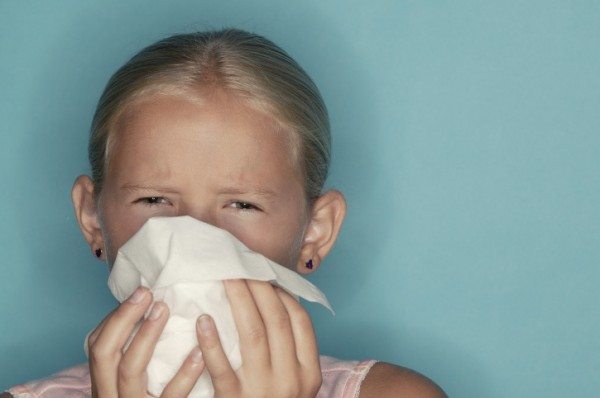
How To Recognize that Your Child has an Allergy, and not a Cold
For a long time after my son’s first achoo, I was always confused as to whether the culprit was a cold or an allergy. Many symptoms between the two (like runny nose, itchy eyes and a cough) are the same. Now that we are in back-to-school mode, knowing the difference is even more important as colds require kids to stay home. Also, allergies can be managed under the care of a doctor and with easy steps taken at home to reduce allergens means less days missed from school.

1) Duration of Episode.
Fortunately colds only last for around five days. Airborne allergic reactions last around six weeks.
2) Look for easy-to-miss and tell-tale signs.
Look for the following symptoms: Restless sleep is a surprising one. The ‘allergic salute’ is my favorite; it’s when your child cleans his nose with the palm of his hand outward in a saluting motion. Allergic shiners or dark circles under the eyes. Watery and itchy eyes. A runny nose and a persistent cough.
3) The nose tells all.
Look inside at the mucous membrane of the nose. If the area is thick and red, then it’s likely an infection and a cold. If the area is pale, then it’s an allergy. Also if the nose looks like a faucet and is continuously runny, then it’s allergies.
4) It runs in the family.
Yes, airborne allergies are genetic. If one parent has it, then the chances are 2 in 10 that the child will have the allergy as well. If two parents suffer from allergies, then the chance rises to 7 in 10.
5) Indoors is worse than outdoors.
If your child’s symptoms flare up more when indoors, than when outside, then allergens could be the culprit. Yes, indoors has a lot more airborne allergens than outdoors. Dust mites are the source of a great deal of allergy sufferings. The good news is that your child can be tested for an allergy to dust mites and easy measures can be taken at home to reduce these tiny allergens and make the air cleaner (protective pillow & mattress cases, HEPA air filter, vigilant dusting).

